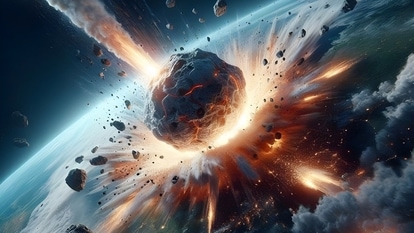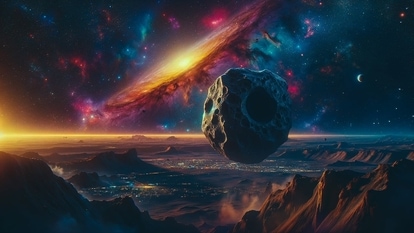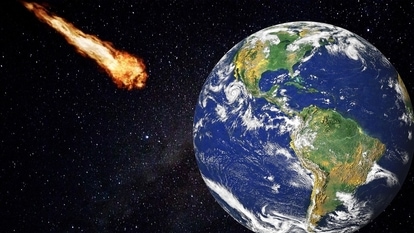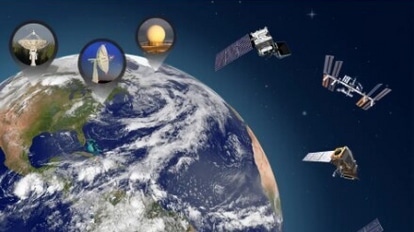Miracle! James Webb Telescope discovers OLDEST black hole in the universe
The James Webb Space Telescope has added yet another feather in its cap by discovering the oldest black hole ever in the universe.
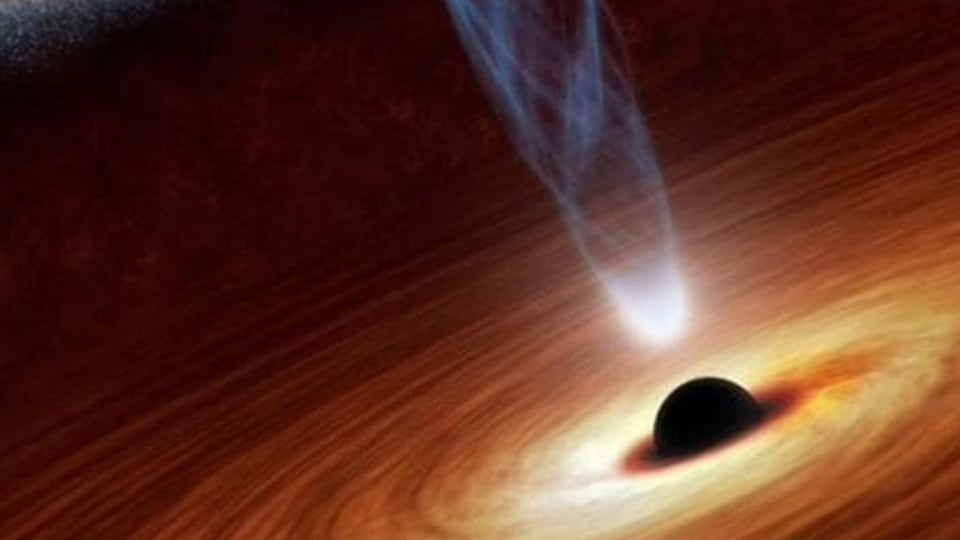

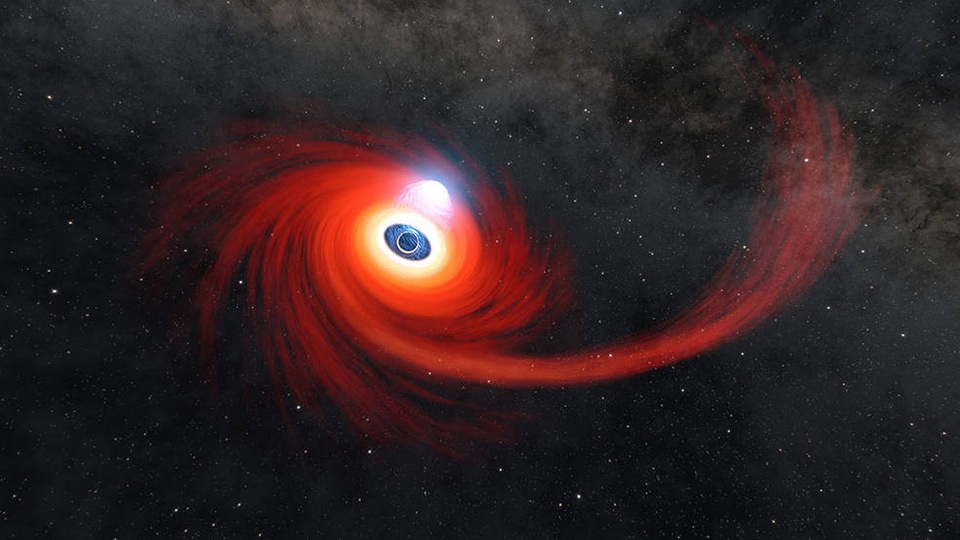
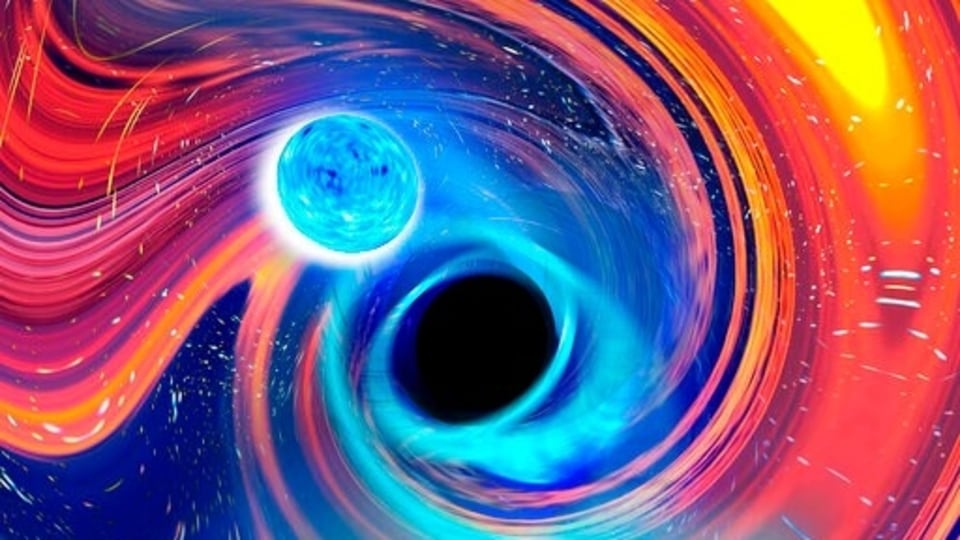
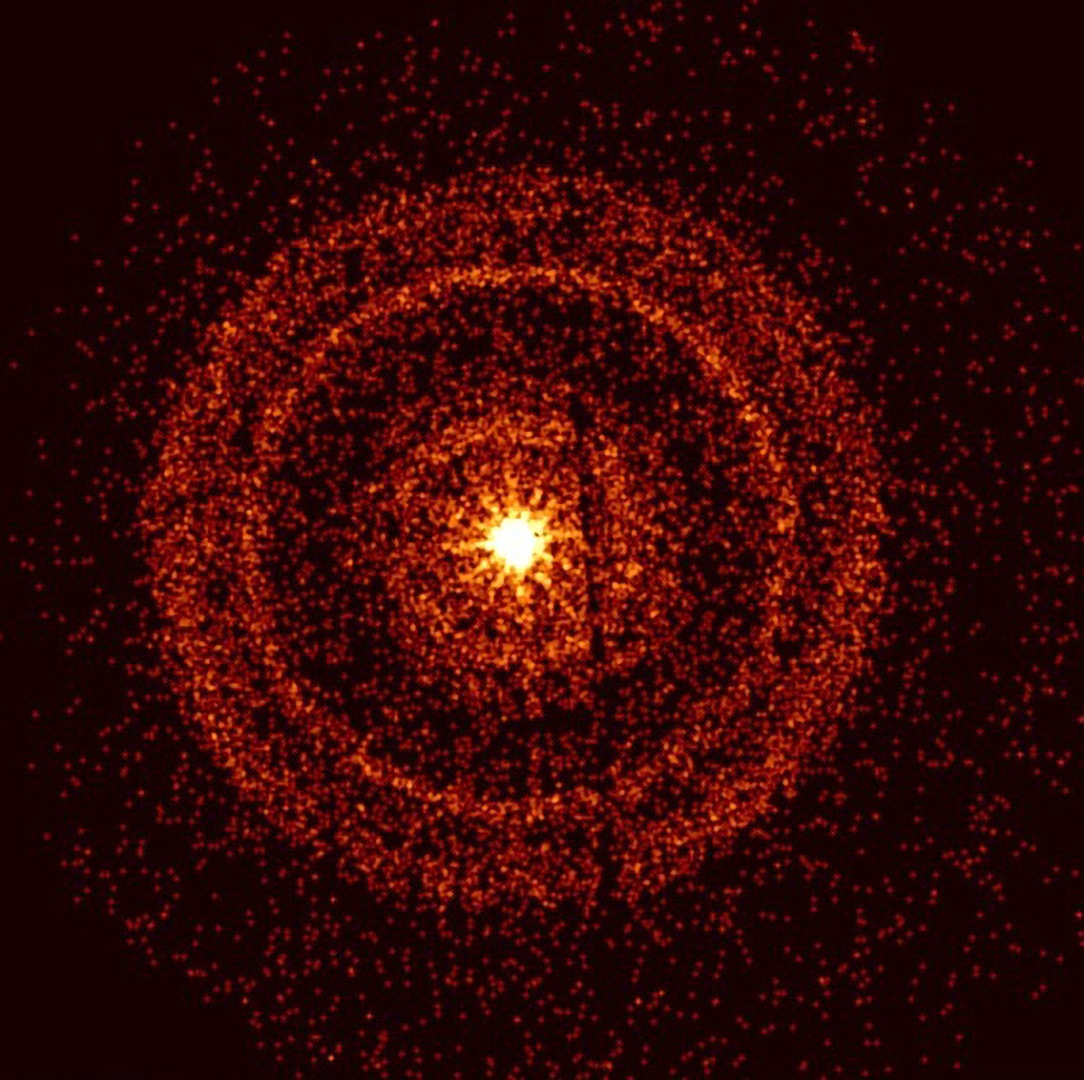
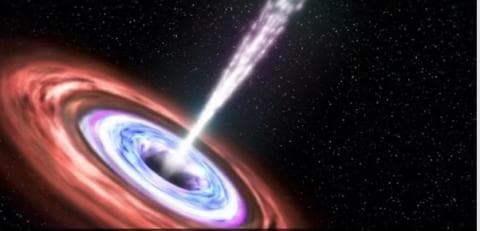
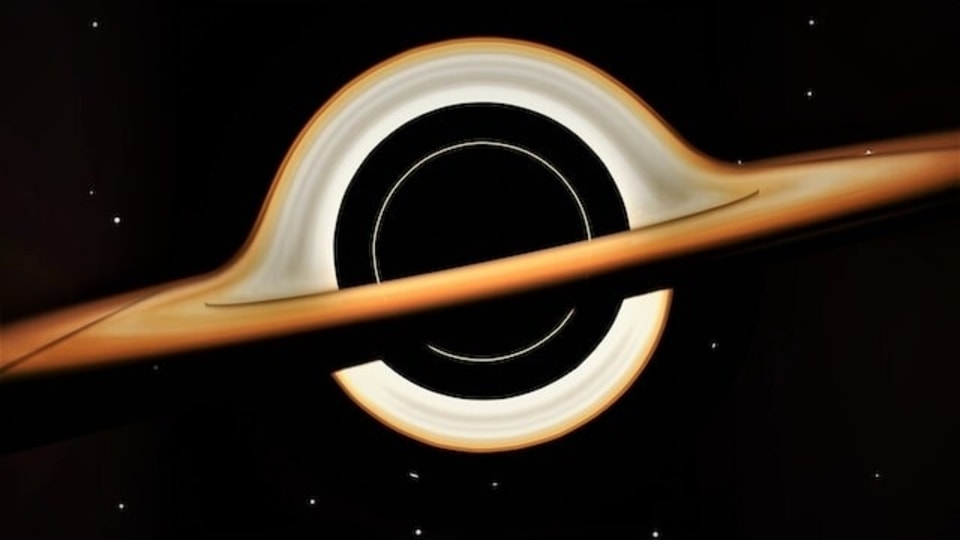
 View all Images
View all ImagesBlack holes are extremely dense regions of space formed by the collapse of giant stars at the end of their life cycle. They are places in space where the pull of gravity is so strong that nothing can escape, not even light. According to NASA, black holes can be differentiated into two, depending on their mass. The first is a Stellar Black Hole which is formed from a single star. The other is a Supermassive Black Hole which forms due to merging of other black holes.
Although black holes have been captured before by several space and ground-based telescopes, the James Webb Space Telescope (JWST) has just discovered a stunning image of the black hole, one which lets us peek back in time.
Oldest black hole ever
The supermassive black hole, discovered by JWST, has a mass 10 times that of our Sun, according to Space.com. What's astonishing is this is the oldest black hole that has ever been discovered in the universe, at the center of a galaxy just 570 million years after the universe began.
Rebecca Larson, astrophysicist at the University of Texas at Austin and the lead author of the study which aided in the discovery told LiveScience, "This is the first one that we're finding at this redshift (point in time after the Big Bang), but there should be many of them. We do expect that this black hole didn't just form (recently), so there should be more that are younger and existed earlier on in the universe."
How was the black hole discovered?
To spot the black hole, the astronomers scanned the sky with two infrared cameras onboard the James Webb Space Telescope, namely MIRI and NIRCam. They used the cameras' built-in spectrographs to break down the light into its component frequencies.
The findings of the research were published on arXiv.
JWST's amazing tech
The James Webb Space Telescope captures various celestial objects in stunning detail with the help of its Near Infrared Camera (NIRCam) which is the primary camera onboard the telescope. It has three specialized filters and captures images in two different infrared ranges. Astonishingly, it can capture some of the farthest away near-infrared images ever obtained, detecting light from the first stars and galaxies. NIRCam also has coronagraphic and spectroscopic capabilities and is the primary tool for alignment of the telescope.
The space telescope also has Mid-Infrared Instrument (MIRI) and NIRSpec instruments onboard which aid in capturing mesmerizing snapshots of objects in space.
Catch all the Latest Tech News, Mobile News, Laptop News, Gaming news, Wearables News , How To News, also keep up with us on Whatsapp channel,Twitter, Facebook, Google News, and Instagram. For our latest videos, subscribe to our YouTube channel.



